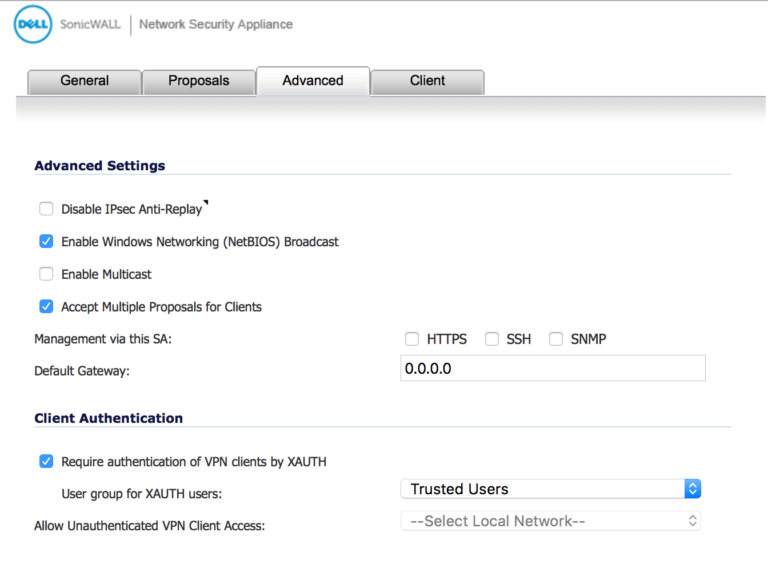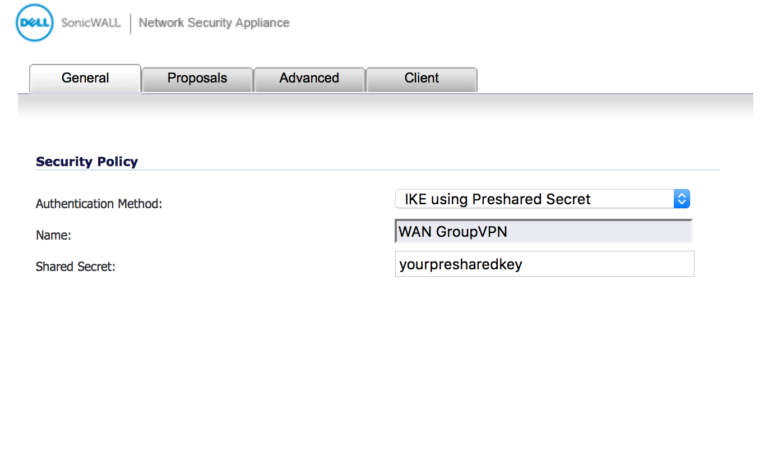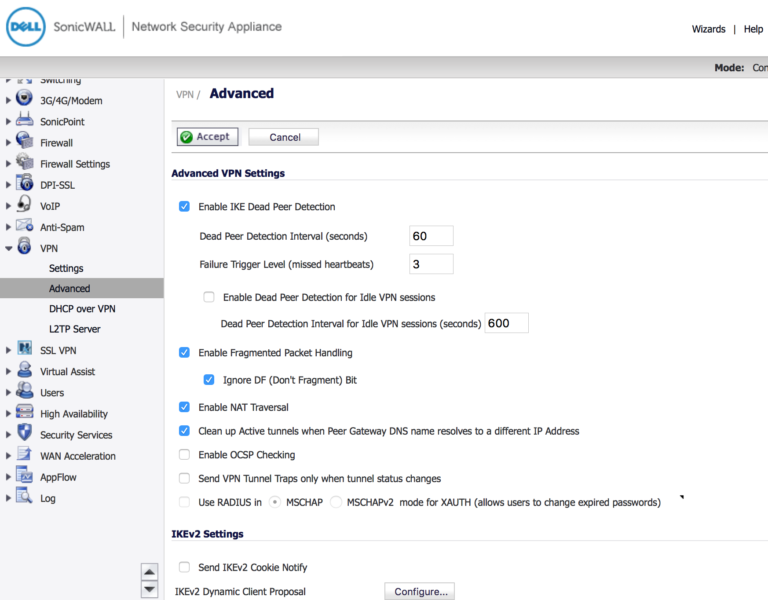

Peers with dynamically assigned private IP addresses.Uses this address only to initiate the tunnel. Peers with dynamically assigned public IP addresses.īoth LAN-to-LAN and remote access peers can use DHCP to obtain a public IP address.This occurs with the following types of peers: The ASA applies a dynamic crypto map to let a peer negotiate a tunnel if its IP address is not already identified in a static crypto map. It acts as a policy template where the missing parameters are later dynamically learned, as the result of an IPsec negotiation, to match the peer requirements.

Up to six transform sets with which to attempt to match the peer security settings.Ī dynamic crypto map is a crypto map without all of the parameters configured.Access list to identify the packets that the IPsec connection permits and protects.To configure IP address pools to use for VPN remote access tunnels, enter the ip local pool command in global configuration mode.Ĭrypto maps define the IPsec policy to be negotiated in the IPsec SA. You configure a tunnel group to identify AAA servers, specify connection parameters, and define a default group policy.

The transform set must be the same for both peers.Ī tunnel group is a set of records that contain tunnel connection policies. To enable NAT-T use the following command: crypto isakmp nat-traversalĪ transform set is a combination of security protocols and algorithms that define how the ASA protects data.ĭuring the IPsec security association negotiation with ISAKMP, the peers agree to use a particular transform set to protect a particular data flow. IPsec was not designed to work through NAT so that is where NAT-Traversal comes in. NAT-T auto-detects any NAT devices, and only encapsulates IPsec traffic when necessary. It does this by encapsulating IPsec traffic in UDP datagrams, using port 4500, thereby providing NAT devices with port information. NAT-T lets IPsec peers establish a connection through a NAT device. A limit to the time the ASA uses an encryption key before replacing it.Ī security association (SA) is a term used to generalize the IPsec connection parameters as a whole. An SA is a relationship between two or more entities that describes how the entities will use security services to communicate securely.The ASA uses this algorithm to derive the encryption and hash keys. A Diffie-Hellman group to determine the strength of the encryption-key-determination algorithm.A Hashed Message Authentication Codes (HMAC) method to ensure the identity of the sender, and to ensure that the message has not been modified in transit.

#CONFIGURE IPSECURITAS MAC PIX HOW TO#
IKE (Internet Key Exchange), also known as ISAKMP (Internet Security Association and Key Management Protocol), is the negotiation protocol that lets two hosts agree on how to build an IPsec security association.


 0 kommentar(er)
0 kommentar(er)
